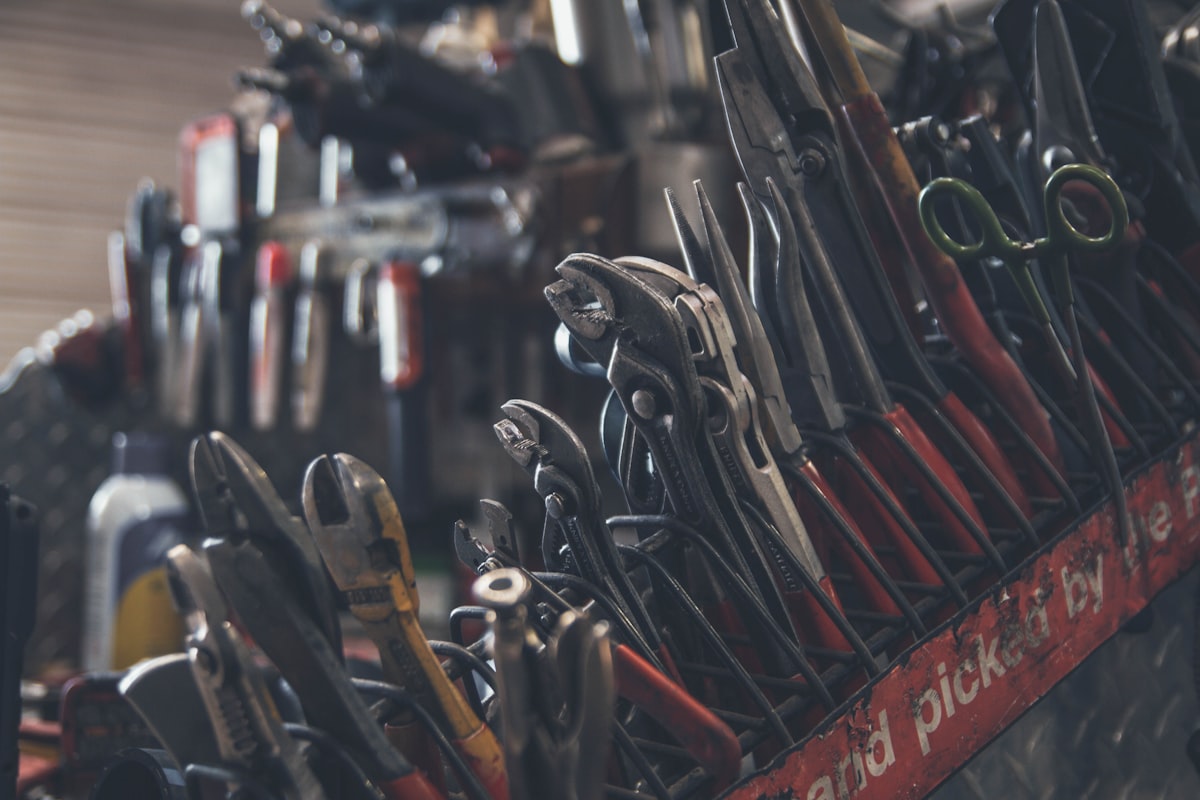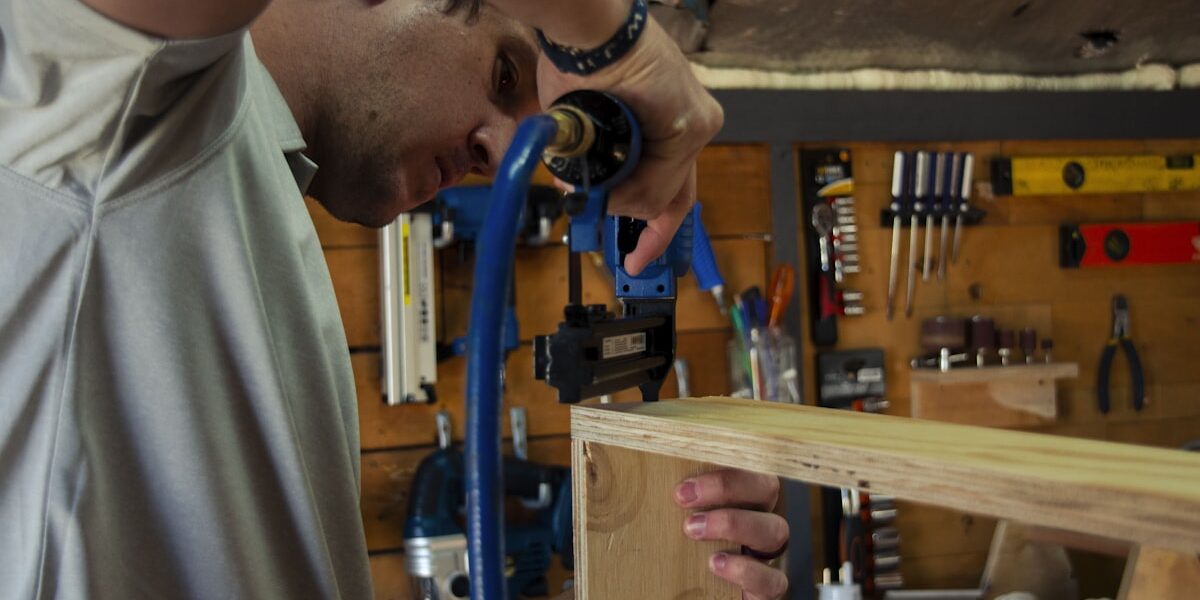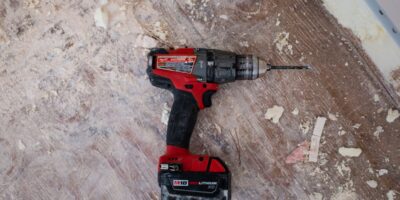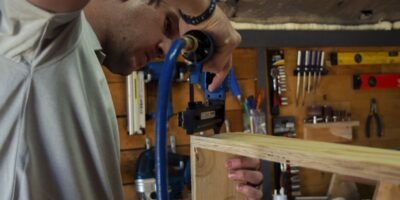Woodworking Projects: A Guide to Getting Started
Woodworking is a satisfying and productive hobby. It allows for creativity and skill development. This guide will help you understand the basics and explore various projects suitable for beginners and experienced craftsmen alike.
Essential Tools
Before diving into specific projects, it’s important to have the right tools. Every woodworker should have:
- Measuring Tools: A tape measure, combination square, and marking gauge are essential for accuracy.
- Saws: Hand saws, circular saws, and jigsaws will cover most of your cutting needs.
- Chisels: Sharp chisels are crucial for detailed work.
- Drill: A power drill with various bits will make drilling holes much easier.
- Sanders: Both hand sanders and power sanders help to smooth the wood surface.
- Clamps: Useful for holding pieces together while glue dries.
- Workbench: A sturdy surface to work on, with storage for tools.
Understanding Woods
Choosing the right type of wood is crucial. Some common types include:
- Hardwoods: Oak, maple, and walnut are durable and have a beautiful finish.
- Softwoods: Pine, cedar, and fir are easier to work with, ideal for beginners.
- Plywood: Made of multiple layers glued together, it’s stable and versatile.
- Medium Density Fiberboard (MDF): Great for painted projects but less durable than solid wood.
Basic Projects for Beginners
Starting with simple projects helps build confidence and skills. Here are a few ideas:
Birdhouse
A birdhouse is a classic beginner project. You’ll need a few pieces of wood, screws, and paint. The design can be as simple or elaborate as you like. This project teaches basic cuts, assembly, and finishing techniques.
Bookshelf

A small bookshelf provides practice with measuring, cutting, and joining wood. It’s practical, adding storage space to your home. Opt for a straightforward design with fixed shelves to keep it simple.
Picture Frame
Crafting a picture frame involves precise cutting and joining. It’s a great way to practice making miter cuts and assembling corner joints. Personalize your frames with paint or stain.
Intermediate Projects
Once comfortable with the basics, move on to more challenging projects:
Adirondack Chair

This outdoor chair requires accurate measurements and sturdy construction. It’s an excellent project to practice cutting angles and assembling larger pieces. An Adirondack chair provides both a functional and aesthetically pleasing final product.
Coffee Table
Building a coffee table involves more complex joinery techniques. Mortise and tenon, dovetail, or biscuit joints can be used for assembly. This project is a good introduction to furniture making.
Cabinets
Constructing cabinets starts to blend carpentry with fine woodworking. You’ll learn about creating doors, drawers, and installing hardware. This project improves your precision and attention to detail.
Advanced Projects
For those looking for a challenge, advanced projects require a high level of skill and patience:
Wardrobe
A wardrobe combines multiple elements: shelves, drawers, and doors. Precision in measurement and execution is critical. This project hones advanced joinery and finishing skills.
Dining Table
A dining table requires meticulous work for stability and aesthetic appeal. Techniques like table leaf integration and decorative inlays can be explored. This project is often a centerpiece, showcasing your woodworking prowess.
Grandfather Clock
Building a grandfather clock involves complex construction and intricate detailing. It’s a time-consuming project but results in a family heirloom. You’ll need to combine woodworking with clock mechanics, ensuring precision in both areas.
Finishing Techniques
Finishing your project enhances durability and appearance:
- Sanding: Start with a coarse grit and gradually move to finer grits for a smooth finish.
- Staining: Adds color while allowing the wood grain to show through. Apply with a brush or cloth, then wipe off excess.
- Sealing: Use a sealant like polyurethane, shellac, or varnish to protect the wood. It adds a layer that guards against moisture and wear.
Safety Tips
Woodworking involves potential hazards. Always prioritize safety:
- Wear safety glasses to protect your eyes from sawdust and wood chips.
- Use hearing protection when operating loud tools.
- Keep your workspace clean and organized to prevent accidents.
- Follow manufacturer instructions for all tools and equipment.
- Ensure proper ventilation when working with paints, stains, and sealants.
Resources for Learning
There are many resources available to help you expand your woodworking knowledge:
- Books: Look for comprehensive guides like The Complete Manual of Woodworking by Albert Jackson, David Day, and Simon Jennings.
- Online Tutorials: Websites like YouTube and Instructables offer step-by-step videos on various projects.
- Workshops: Local community centers and woodworking clubs often host classes for different skill levels.
- Forums: Join online forums such as the Woodworking Network to connect with other woodworkers, ask questions, and share your work.
Maintenance and Care
Proper maintenance keeps your tools and projects in good condition:
- Regularly clean and sharpen your tools to ensure efficiency and safety.
- Store wood in a dry place to prevent warping and splitting.
- Inspect finished projects periodically for signs of wear or damage, and repair as needed.
Woodworking is both an art and a science. It’s a rewarding endeavor that continually offers new challenges and opportunities for growth.
“`



Subscribe for Updates
Get the latest articles delivered to your inbox.
We respect your privacy. Unsubscribe anytime.